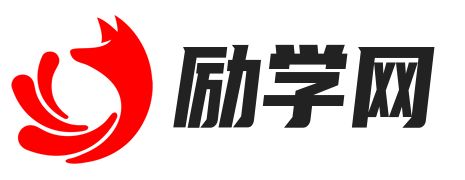
最后更新时间:2024-08-12 15:31:57
语法结构分析
句子“他的设计作品刀头燕尾,既有创新又不失传统美感。”的语法结构如下:
- 主语:“他的设计作品”
- 谓语:“既有”和“不失”
- 宾语:“创新”和“传统美感”
这是一个陈述句,使用了现在时态,描述了一个既定的事实。句子的结构是主谓宾结构,其中“既有”和“不失”是并列的谓语动词,分别描述了主语的两个特点。
词汇分析
- 刀头燕尾:这是一个比喻表达,形容设计作品的形状或风格既有锋利的刀头特征,又有燕尾的优雅。
- 既有:表示同时具有。
- 创新:指新颖、有创造性的特点。
- 不失:表示没有失去。
- 传统美感:指传统的、经典的审美价值。
语境分析
这个句子可能在讨论一个设计师的作品,强调其设计既新颖又保留了传统的美感。这种描述可能出现在艺术评论、设计展览介绍或设计师个人介绍中。
语用学分析
在实际交流中,这样的句子可能用于赞美或评价一个设计作品,表达对其创新性和传统美感的认可。语气的变化可能会影响听者对作品的感受,例如,如果语气强调“既有创新”,可能更突出作品的现代感;如果强调“不失传统美感”,则可能更强调作品的经典价值。
书写与表达
可以用不同的句式表达相同的意思,例如:
- “他的设计作品融合了刀头燕尾的元素,既展现了创新精神,又保留了传统的美感。”
- “在创新的同时,他的设计作品依然保持着刀头燕尾的传统美感。”
文化与习俗
“刀头燕尾”可能源自某种传统的艺术或工艺风格,这种表达方式体现了对传统文化的尊重和传承。了解这种风格的起源和历史背景,可以更深入地理解句子的文化内涵。
英文翻译
Translation: "His design works, characterized by the sharpness of a knife's tip and the elegance of a swallow's tail, embody innovation while retaining traditional aesthetics."
Key Words:
- design works: design pieces or design creations
- characterized by: described or defined by
- sharpness: the quality of being sharp
- elegance: beauty that is pleasing and stylish
- embody: to include or represent something
- innovation: the introduction of new ideas or methods
- retain: to continue to have or hold onto something
- traditional aesthetics: the traditional principles of beauty and taste
Translation Interpretation: The sentence praises the designer's works for their innovative approach while still maintaining a traditional aesthetic appeal, using the metaphor of a knife's sharp tip and a swallow's elegant tail to describe the design's distinctive features.
1. 【刀头燕尾】比喻笔锋刚劲有力。
